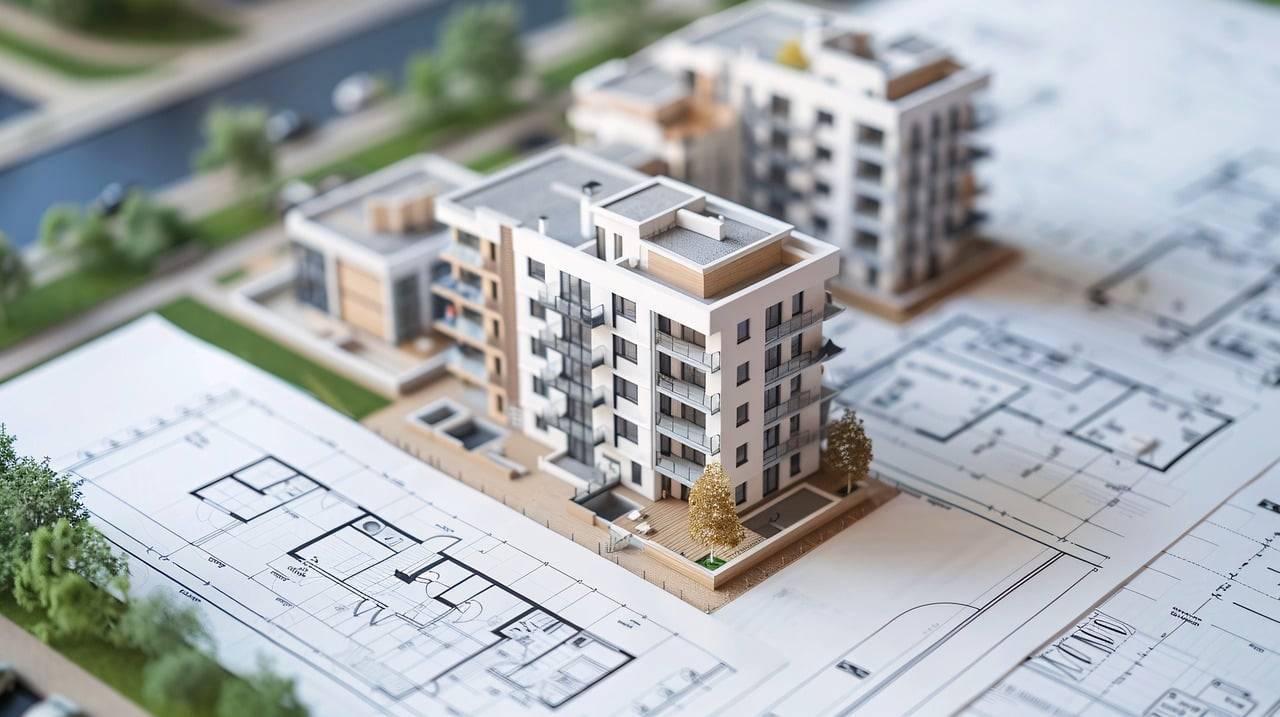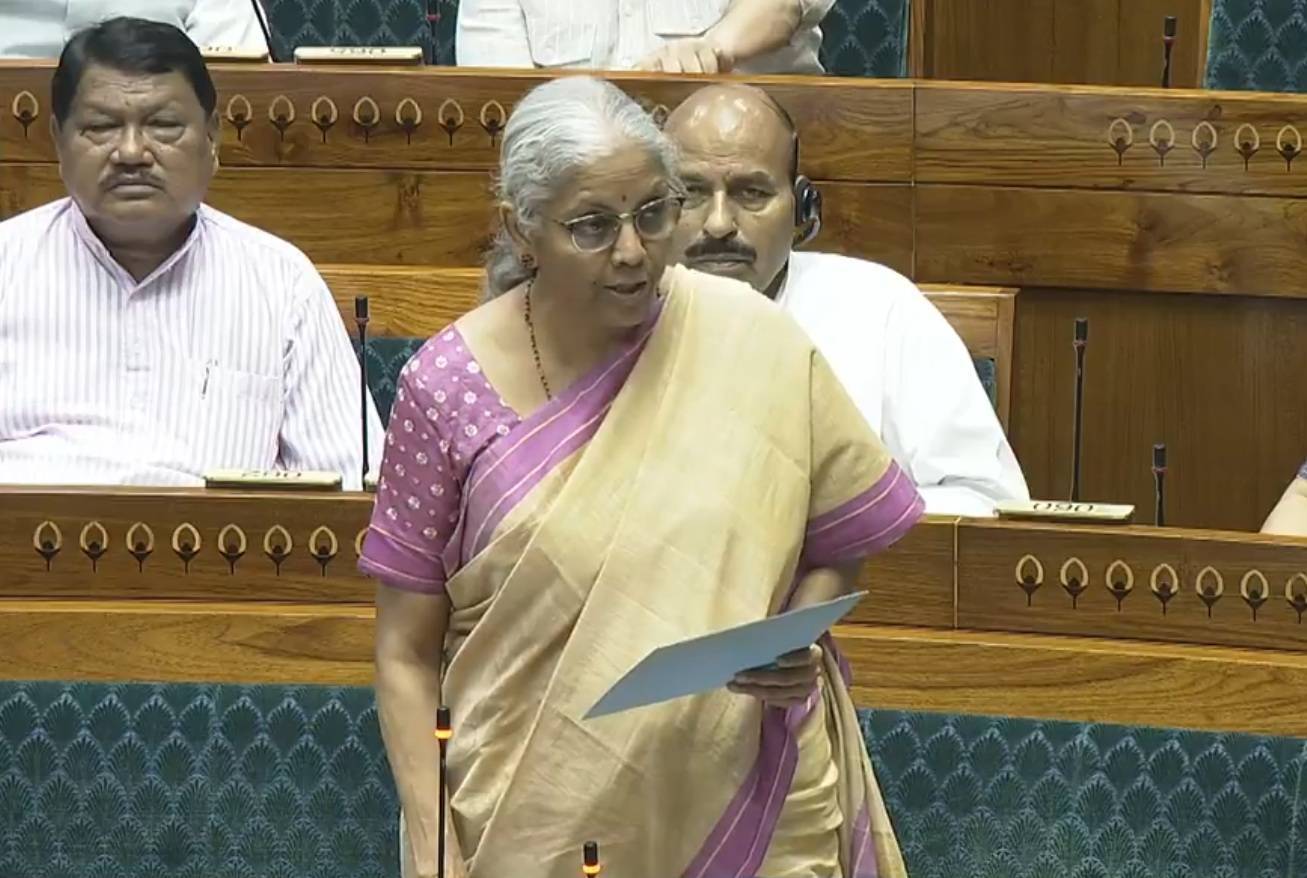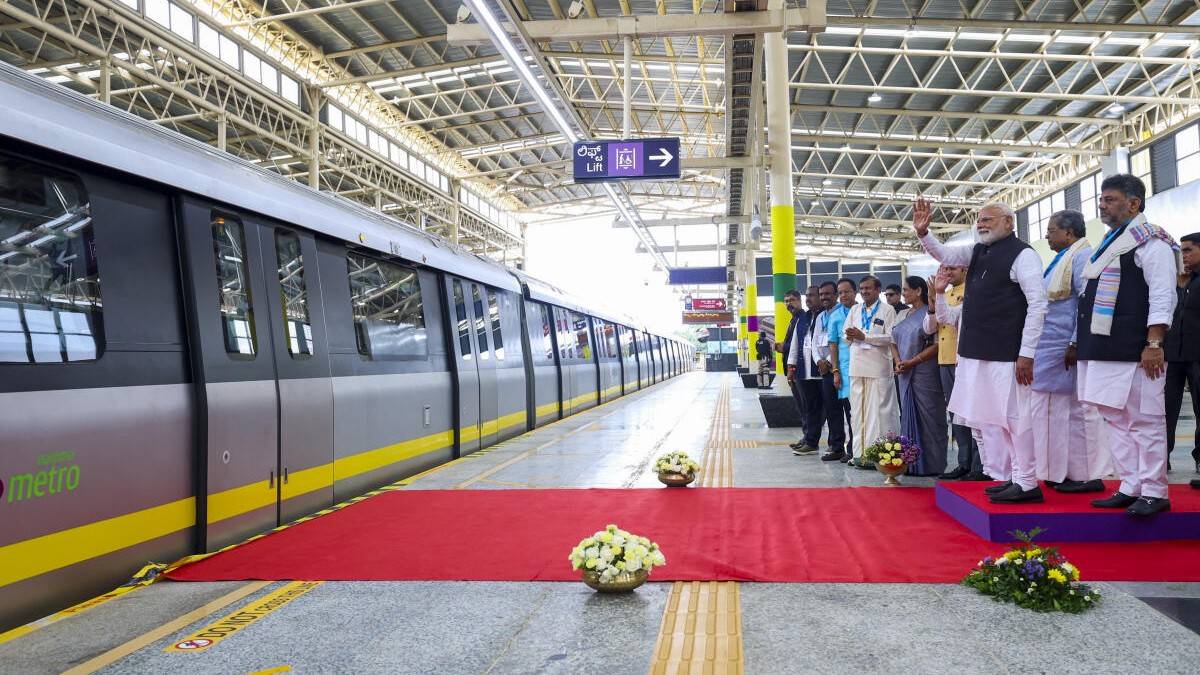A significant oversight in Ahmedabad’s building plan approval process has recently come to light, revealing potential risks and unmet promises for homebuyers. The Ahmedabad Municipal Corporation (AMC) and the Ahmedabad Urban Development Authority (AUDA) have been found lacking in enforcing a critical aspect of the approval process—ensuring that builders provide detailed descriptions of amenities in residential projects. This omission has created a situation where developers routinely submit residential scheme plans without specifying the amenities they intend to offer to allottees, leading to discrepancies between what is promised and what is actually delivered.
A Widespread Issue in Residential Projects
In the majority of cases builders only vaguely label areas within their plans as “amenities” without any detailed description of what these amenities entail. They fail to provide the AMC with comprehensive information about the size, area, or specific nature of these amenities, which could range from essential facilities like fire exits and disaster shelters to more luxurious offerings like swimming pools, gymnasiums, tennis courts, or theatres. As a result, the civic authorities are left in the dark about how space is utilized within these projects, raising concerns about both safety standards and the fulfillment of promises made to homebuyers.
The Impact on Homebuyers
The lack of transparency and detailed documentation from developers has had a direct impact on homebuyers, many of whom feel short-changed after investing in these residential projects. Buyers often pay a premium for homes based on the promised amenities, only to discover later that these facilities are either missing, insufficient, or not up to the expected standard. As a senior AMC official pointed out, this gap between promised and delivered facilities is a significant issue that needs to be addressed. “By mandating a detailed amenities list, we can hold builders accountable and ensure residents get what they deserve,” the official stated, emphasizing the need for stricter regulations to protect homebuyers.
Safety Concerns and Regulatory Gaps
Beyond the issue of unmet promises, this oversight also poses serious safety risks. Essential facilities like fire exits, disaster shelters, and other safety-related amenities need to be strategically located and adequately sized to ensure the well-being of residents. Without a clear and detailed blueprint, it becomes nearly impossible for civic authorities to verify compliance with safety regulations. This lack of oversight could lead to catastrophic consequences in the event of an emergency, where inadequate or poorly located safety features could put lives at risk.
A Surge in Construction Plan Approvals
The problem has been further exacerbated by a surge in construction plan approvals in recent years. On February 4, 2023, the state government announced a plan to double the jantri rates—an official measure used to calculate property prices and related taxes. This announcement, followed by a delay in implementation until April 15, led to a rush among builders to get their plans approved under the old, lower rates. During the 2022-23 financial year, the AMC witnessed a record number of new construction plan submissions, the highest in 13 years. According to AMC’s 2023 annual report, a total of 4,226 new construction plans were submitted for approval before the new jantri rates took effect, with 4,196 of these plans processed within that financial year.
This surge in submissions also resulted in a record income for the AMC, nearing Rs 1,100 crore from chargeable Floor Space Index (FSI) and other fees—the highest in 13 years. However, this increase in construction activity has also stretched the resources of the AMC, making it even more challenging to ensure that all submitted plans meet the required standards, including the detailed listing of amenities.
The Need for Reform
The recent revelations about the gaps in the building plan approval process highlight the urgent need for reform in how residential projects are approved and regulated in Ahmedabad. Civic authorities must take proactive steps to close these loopholes by mandating detailed documentation of all amenities in residential projects. This would not only protect homebuyers from being misled but also ensure that all residential projects meet the necessary safety standards.
Furthermore, there needs to be a stronger emphasis on enforcement and accountability. Builders who fail to provide detailed plans or who do not deliver on their promises should face penalties, and there should be mechanisms in place for residents to seek redress if they are dissatisfied with the amenities provided. By addressing these issues head-on, the AMC and AUDA can restore confidence in the residential real estate market and ensure that residents receive the quality of housing they deserve.
Conclusion
The situation in Ahmedabad serves as a cautionary tale for other cities and regions facing similar challenges. The balance between rapid development and regulatory oversight is delicate, and without proper checks and balances, homebuyers are the ones who ultimately suffer. It is crucial that civic authorities take the necessary steps to close these regulatory gaps, ensuring that all residential projects are held to the highest standards of transparency, safety, and quality.









